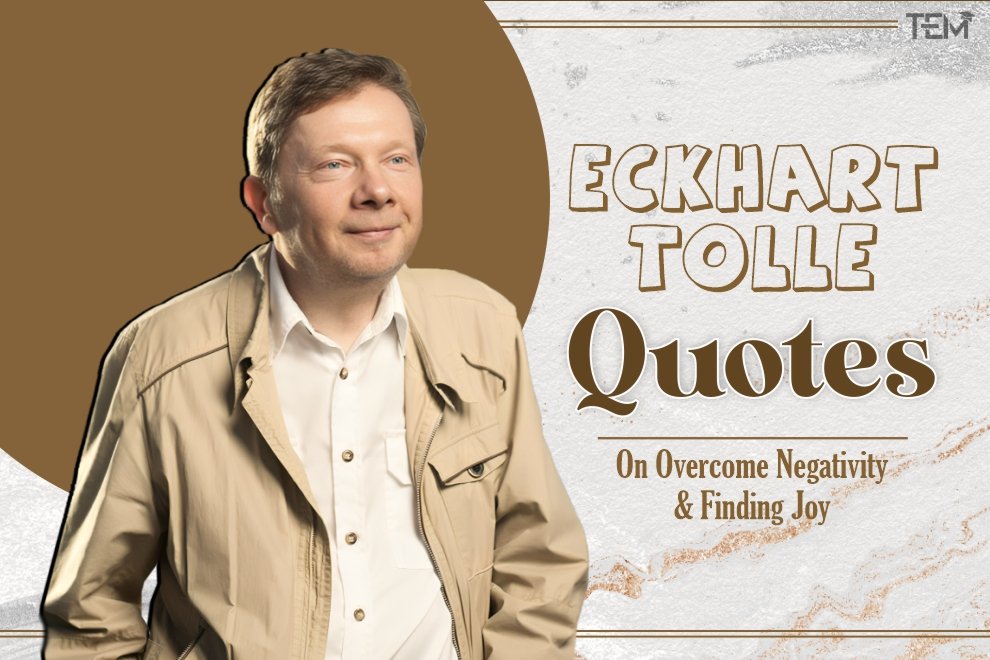As we gaze up at the dark sky and admire the beauty of our universe, the Moon is always our cosmic hero of the night. Among all the astronomical bodies, it never fails to captivate us! Just as this natural satellite fascinates us, so will the facts about the moon mesmerize us.
Being our closest cosmic companion, the Moon has always inspired many myths, legends, and countless works of art throughout human history. But these facts will leave you amazed!
So let’s quickly explore the mysterious world of our solar sibling and get to know 15 unique and fascinating facts about the moon.
1. A cosmic collision was the reason behind the Moon today.
Long ago, Earth had a huge crash with a big space rock. The Moon was born from a colossal impact between Earth and a Mars-sized body.
This smash-up sent pieces flying around Earth, which later joined together to make the Moon we have today.
2. The Moon is slowly drifting away every year.
Every year, the Moon moves a tiny bit away from us. If this keeps up, it’ll take longer for this natural satellite to go around Earth in the future.
However, some facts about the moon claim that year after year, it is stepping 3.8 cm away from Earth. As a result, it will take 47 days to orbit us, instead of the current 27.3 in the far future. Well, this makes it one of the most interesting facts about the moon.
3. The existence of lunar water has been discovered.
The Moon has hidden water ice in its dark mystery. These craters are so deep and shadowy that sunlight never reaches them. This discovery is exciting because it’s like finding unseen treasures for astronauts who might visit there in the future.
Without a doubt, they could use this ice as drinking water or even to make fuel. It’s like finding wells of water there, which could help astronauts when they explore this quiet world. This ice could make the Moon a place where people can stay for a while, making it a new kind of home in space.
4. Like Earth, even the Moon gets Moonquakes.
Just like Earth, the Moon can shake too. These shakes are known as moonquakes. They happen because Earth pulls its natural satellite with its gravity. It’s a bit like how magnets pull on each other. This pull can cause the tremble.
Even though we can’t feel them, these moonquakes are real. They show us that the Moon is not completely still and quiet. It has its kind of activity, just like Earth has earthquakes. So, in a way, the two are similar because they both can experience these quakes.
5. Only one side of the Moon faces the Earth.
The Moon has a special way of moving, which means we only see one side of it from our planet. This happens because the lunar takes the same amount of time to spin around once as it does to go around the Earth a single time. So, it’s always showing us the same face.
Just because the Moon keeps one side facing us all the time, no matter where it is in the sky. This is a phenomenon called synchronous rotation. That’s why we’re familiar with only one side of the Moon, and the other side remains hidden from our view.
6. There is no echo of sound due to the absence of air on the Moon.
On the Moon, it’s always silent. This is because it doesn’t have an atmosphere like Earth does. Without air, sounds can’t travel. So, if you were to yell or even scream over there, there wouldn’t be any echo at all. Your voice wouldn’t bounce back to you. That’s why the Moon is such a quiet place.
Therefore, no matter how loud you try to be, the quietness of the lunar will make it so that you hear nothing. It’s a place of complete silence, where the usual noises we hear on Earth just don’t exist. Well, this was one of the lesser-known facts about the moon I have come across.
7. Moonlight can cause lunar rainbows at night just like the sun causes rainbows in the day.
Moonbows are special rainbows that appear at night. They are rare and look magical. Just like the sun makes colorful rainbows during the day, the Moon can do the same thing at night.
This happens when the light from the Moon passes through drops of rain in the air. The moonlight bends and spreads out into all the colors, just like sunlight does, creating a moonbow. These moonbows show us that rainbows are not just for the daytime.
8. Helium-3 present in the Moon’s soil can be the future of clean energy on Earth.
The Moon’s soil has something special called Helium-3. It’s not found much on Earth, but there’s a lot of it on the Moon. People think that Helium-3 could be important for making clean energy here on our planet in the future.
Clean energy means making electricity without making the air dirty. Helium-3 could help us do this because it’s a clean and safe kind of fuel. If we can use Helium-3 from our natural satellite, we might not have to depend on unclean energy sources like oil and coal anymore. This could help keep our air and water clean and our planet healthy.
9. The Moon and Earth are more like solar siblings.
The Moon’s creation story ties it closely to Earth, making it more of a sibling than a satellite. Some facts about the moon seem so magical! like they both came into being because of a huge collision that once happened in space. This big event long ago caused the Moon to form from the same materials as Earth.
So, instead of just being Earth’s companion in the sky, this lunar is like its close relative. They are a part of the same cosmic family because they were born from the same materials after that giant space accident. This makes them uniquely connected, more than just neighbors in the solar system.
10. Our mind plays tricks called Moon illusions.
The Moon can appear larger near the horizon, a trick of the mind known as the Moon Illusion. Our hero of the night sky has a fun way of playing pretend with us. When it hangs low to the ground, it seems huge, like a giant beach ball in the sky. But this is just a little game our brains play on us, called the Moon Illusion.
It’s not getting bigger; it just seems that way. It’s like when you see a building far away, and it looks tiny, but up close, it’s huge! The Moon does the same thing, looking larger when it’s down low and smaller when it’s high up in the sky.
11. The Moon’s orbit is an ellipse, not a circle.
The Moon’s orbit is not a perfect circle but an egg-shaped path we call an ‘ellipse.’
Not moving in a perfect circle makes it seem more like sometimes it gets close to Earth and seems bigger in the sky, and other times it’s farther away and looks smaller. Bringing it closer and farther from us like a celestial dance in space.
12. The moving away of the Moon from Earth may lengthen our future days.
As the moon takes tiny steps away from Earth, our days stretch out just a bit. Every hundred years, our days get about 2 milliseconds longer.
That’s a really small change, but over a long period, it means our days will get a little longer.
13. Moon was the timekeeper of the earlier times.
Long before clocks, the Moon’s phases helped humans track time and seasons. The Moon changes its shape a little bit every night, from just a thin flake to a big round ball and then back again.
By watching these changes, which we call ‘phases,’ people could tell how many days had passed. They also knew when to plant crops or get ready for winter. So, this lunar was not only a clock but like a big calendar in the sky, helping everyone plan their days and nights without any fancy gadgets that we have today.
14. The Moon is Earth’s only celestial buddy in space.
The Moon being Earth’s only natural satellite is a constant companion in the sky. It is like Earth’s special friend in space. Isn’t this one of the most beautiful facts about the moon? Of Course, it is! Even though it’s way smaller than other things in space, it’s close enough to be our buddy, shining down and making the night less dark.
It’s always there, following us around as we spin and travel around the sun like a loyal friend who never leaves our side.
15. The Moon plays the size of the sun when in reality it is way too small.
The Moon appears nearly the same size as the Sun when viewed from Earth. Yet, it’s a mere 400 times smaller than our fiery star.
This celestial illusion occurs because the Moon is 400 times closer to Earth than the sun, perfectly balancing the size difference. Consequently, when they align, the lunar can spectacularly eclipse the sun, momentarily darkening our day.
This cosmic coincidence not only fascinates astronomers but also serves as a reminder of the delicate scales within our universe, where distance can dramatically alter our perception of size.
End Note
As we conclude this informative journey through the most fascinating facts about the moon, we see that the Moon, with its mesmerizing beauty and scientific sensations, continues to captivate and inspire us with its grand presence in the night sky.
Let’s ignite our curiosity and explore the mysteries of the universe today!










